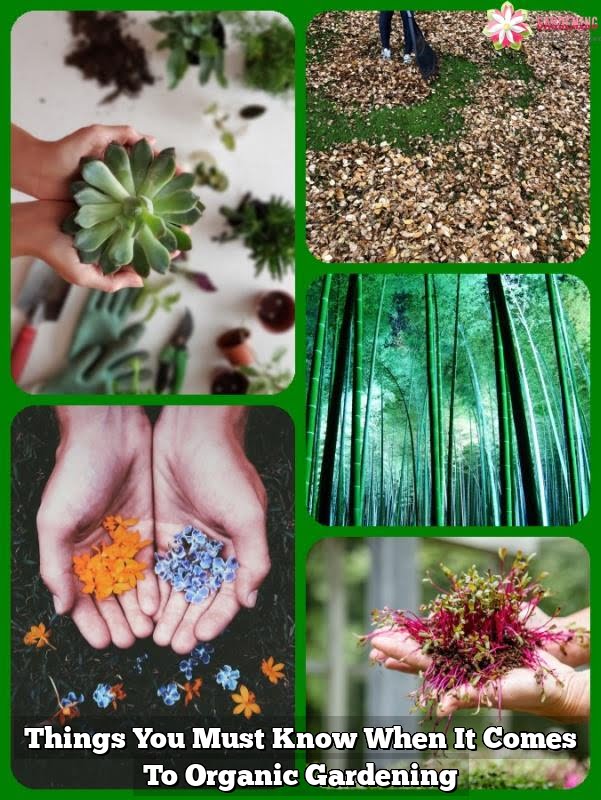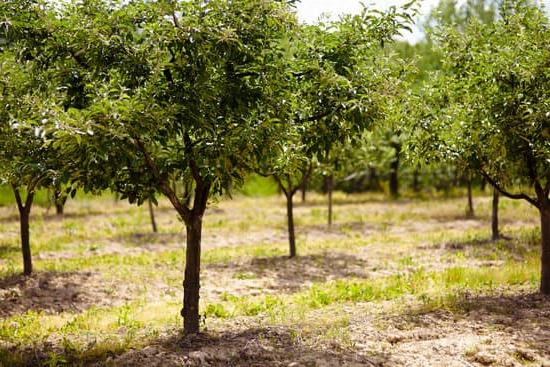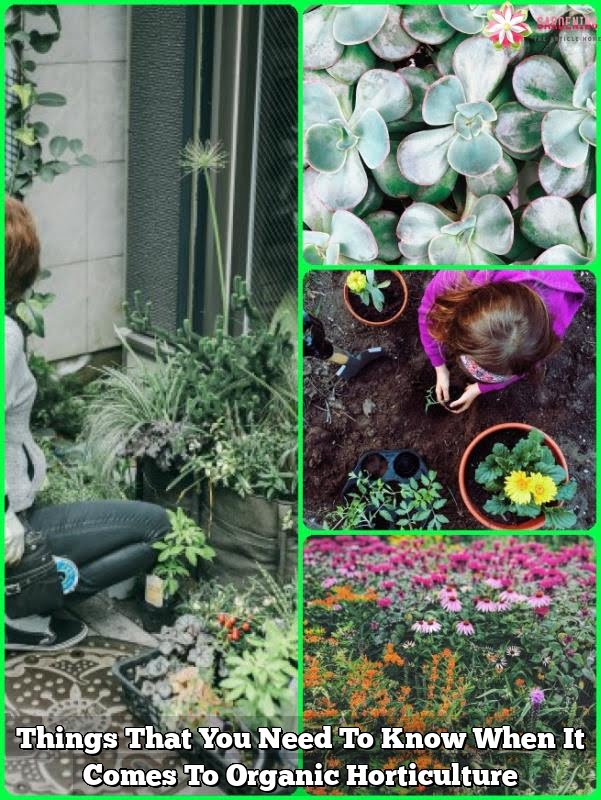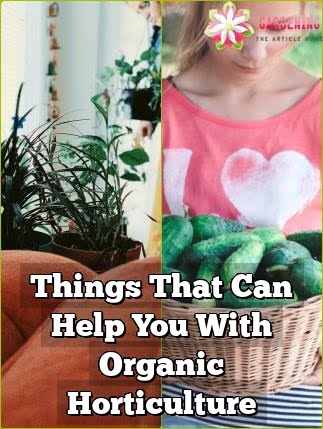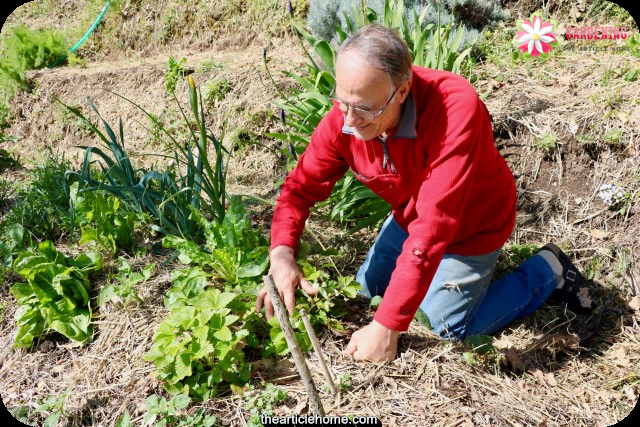Organic gardening is something you may want to do but many people are afraid to dip their toes into it.
Make sure that your sod properly. Pull all the weeds and break up any clods of soil. Make sure the soil is flat and compacted. Make sure you work with a moist all the way through. You should lay your sod staggered, and the joints to be offset from each other.
Clay soil is hard and will also stick to a shovel, and you will often find that it sticks to the shovel. To make working in clay easier, apply some car wax or floor wax to the head of the shovel and buff. The clay will slide off of its surface while keeping the end from getting rusty.
Plants require a good amount of CO2 to reach their maximum height. Plants will not thrive if they don’t have an adequate amount of CO2 are present. The best way to expose your plants to a high level is to plant them in a greenhouse.
When it’s autumn, it is time to plant the edibles for the autumn. A pumpkin can become a festive container instead of clay pots. Once you’ve cut its top and scooped the insides out, spray the inside and edges with Wilt-Pruf to keep the pumpkin from rotting.
Protect your deciduous shrubs from harsh elements. Tie the tops tightly together, and loosely cover the wigwam with a blanket or sheet. This is more effective than putting plastic on the plant, since it promotes circulation and prevents rotting.
Knee Pads
Knee pads are absolute miracle accessories if you work in a gardener’s friend when caring for plants low to the ground. Having a pair of excellent knee pads will cushion your knees to provide additional comfort.
You should make sure to divide irises. You can increase the number of irises by splitting clumps that are overgrown. The bulbs split in your hand, and when you replant them, will often flower the next year. Rhizomes may need to be divided using a knife. Cut new pieces from the outside and throw out the dead center. Each piece needs one sturdy offshoot capable of spurting new growth. Replant your new rhizome pieces right away.
Fertilizing is an important step in preparing your garden is essential.Manure is very effective in helping plants grow, but you must use only commercially created products to reduce the chance of contracting pathogens.
Using plants which grow to the same length or height result in a flat and uniform looking bed.
Your children will enjoy the experience of working with your organic garden. A garden can provide a wonderful learning experience for children, and it gives you a chance to bond while producing healthy food.
Using aspirin and water can prevent certain plant diseases. Dissolve aspirin (1.5 pills per gallon of water) in a plant disease fighting solution. You can easily spray this concoction to help them fight of disease. The process can be repeated every three weeks.
When you are cultivating an organic garden inside, considering how much light the plants will receive must be emphasized. If you are living in a place that does not have a lot of natural sunlight, then consider getting plants that thrive in low-light situations. You can also consider using grow-lights for this exact purpose.
Pine is a much better mulch so do not discard the idea. Cover the surface of the ground with a two-inch layer of the pine needles; as the needles break down, as they will decompose and disperse their acid throughout the soil.
When you run your personal organic garden, try lightly petting your seedlings — either with the palm of your hand or something like a sheet of cardboard — once or twice each day. This sounds like total nonsense, but research has proven that doing this will help your plants grow bigger than if they were not petted at all.
Treated Wood
Create raised beds with stone, bricks or untreated wood. Choose wood that is resistant to rot and does not contain any chemicals. Good choices are cedar, cedar and locust. In a veggie garden, avoid using treated wood to enclose or demarcate different sections of your vegetable garden. If you have placed treated wood in your garden, use a barrier such as plastic to line the bed.
Adjust your watering to the season and current climate.For instance, in warm and balmy locations, it is important not to water leaves, as this will inevitably invite leaf fungus.
You can skip watering because of the way.
You will need to know the correct way to create planting beds if you want to make a bed that is efficient for your plants. You do this by slicing under the turf using an appropriate tool.After doing this, flip the dirt upside down, then cover the area using three to four inches of some woods chips. Leave it for a couple of weeks and work it up so you will be able to plant within it.
Think about any product you buy to use while getting ready to garden. Try using organic alternatives to the typical chemical fertilizers. One way to naturally feed your plants is through the use compost.
When adding a new tree or shrub to your garden, make the hole super ugly-looking. If your hole has several “glazed” sides created by the shovel, the roots will not be able to penetrate the soil properly.
A safe and effective way to deter bugs from your garden is by planting garlic in several places. The garlic scent repels many different types of those pesky insects. Be sure to plant them in an area that is going to be near other plants that are a little more prone to being attacked. A benefit of placing the garlic is that it is edible.
By using the following tips in the above article, you will find organic horticulture to be simple. By using the information you have learned from the tips above, you can start to grow the organic garden that you’ve always wanted.

Welcome to my blog about home and family. This blog is a place where I will share my thoughts, ideas, and experiences related to these important topics. I am a stay-at-home mom with two young children. I hope you enjoy reading it! and may find some helpful tips and ideas that will make your home and family life even better!

